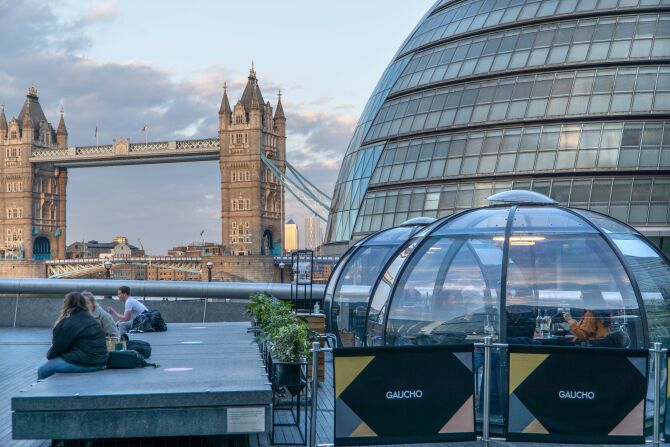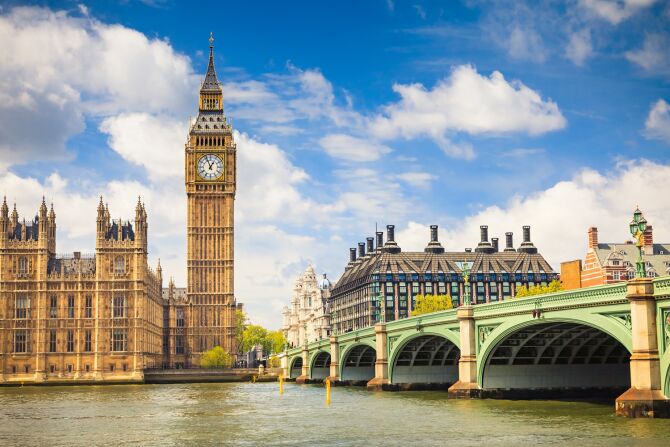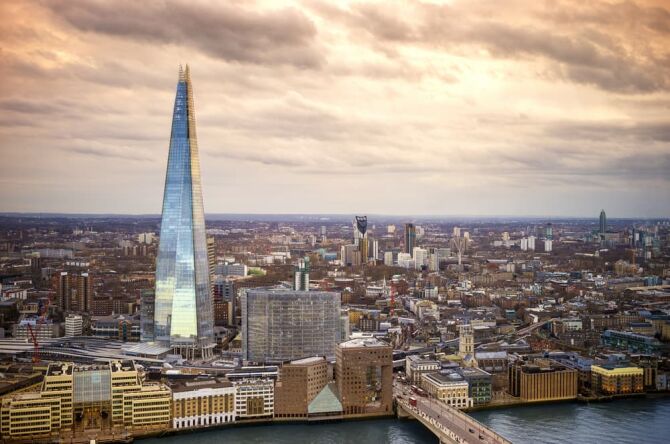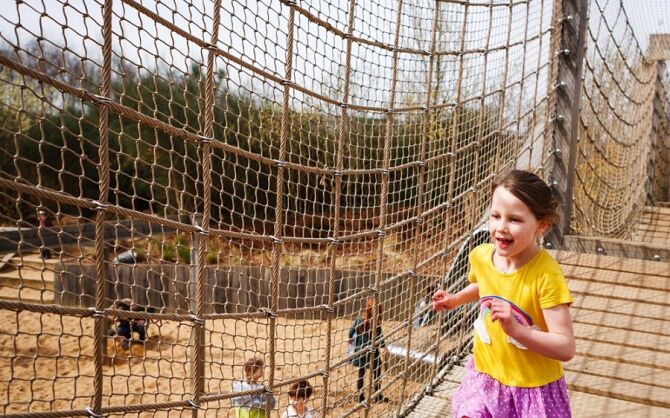In a sophisticated pocket of West London, Chelsea is the sort of place where history, elegance, and creativity coexist all together on tree-lined streets. It’s refined but not stuffy, artistically alive while firmly rooted in tradition. For culture-hungry visitors, inquisitive families and couples seeking something less ordinary, Chelsea is more than a pretty postcode; it’s a location packed with stories.
Whether you are strolling past grand Georgian townhouses or stepping into a centuries-old gallery, Chelsea invites you to slow down, look closer, and experience its richly layered cultural charm. In this guide, we’ve rounded up a selection of the neighbourhood’s most iconic cultural landmarks, all providing a small peek into what makes Chelsea so special.
Why Chelsea Is a Cultural Landmark in Itself
Even before you reach any of the landmarks, Chelsea itself exudes a rich culture. The area has long attracted creatives, from the Pre-Raphaelite Brotherhood to literary figures such as Oscar Wilde and Thomas Carlyle. It gained a reputation in the 20th century as the temple of the Swinging Sixties, nurturing fashion icons and pioneering musicians.
Wander its streets today and you’ll catch a glimpse of that cultural wealth. Combining classic architecture with art-stuffed institutions and meditative gardens, the area exudes a rhythm that is part timeless and part ever-evolving. Chelsea isn’t just home to cultural monuments; it is one.
Must-See Cultural Landmarks in Chelsea
1. Royal Hospital Chelsea
Royal Hospital Road, SW3 4SR
Established by King Charles II in 1682, the Royal Hospital Chelsea is most famously recognised as the residence of the Chelsea Pensioners, retired veterans of the British Army who continue to wear their distinctive scarlet coats with pride. The building, designed in part by Sir Christopher Wren, is worth a visit in its own right, thanks to its handsome courtyards and riverside views.
Guided tours are available for visitors to explore the hospital’s history, visit the chapel and museum, and stroll through the well-maintained grounds. It’s a restful, contemplative area that’s just as evocative for adults as it is interesting for children.
Why go? It’s an architectural wonder with a compelling human tale at its core.
2. Carlyle’s House
24 Cheyne Row, SW3 5HL
It’s only a step off the King’s Road, but from Cheyne Row you enter the tranquillity of Carlyle’s House, hidden behind a leafy curtain of brick. This was the home of Thomas Carlyle, the Victorian essayist and historian, and it has been preserved almost exactly as it was during his lifetime.
Inside, you’ll find creaking floorboards, original furniture and the quiet thrill of standing in a space where literary history was made. It’s a delightfully intimate experience, ideal for couples (if you like romping through haunted houses with buried treasure) or anyone interested in a writer’s life.
Why go? It is like stepping back in time, with literary romance thrown in.
3. Saatchi Gallery
Duke of York’s HQ, King’s Road, SW3 4RY
Contemporary art finds a revitalised, ever-shifting home at the Saatchi Gallery. Housed in an imposing neo-classical building just off the King’s Road, gallery-goers can expect impressively gutsy, thought-provoking exhibitions that change regularly, so there’s always something new to take in.
It is one of the more family-friendly art spaces in London, with its open layout and interactive displays. Entry is usually free and there’s lots of space to wander about at your own pace.
Why go? It’s modern art in a lovely and historic atmosphere, which can be enjoyed by anyone who is creative.

4. Chelsea Physic Garden
66 Royal Hospital Road, SW3 4HS
Behind tall brick walls is one of London’s most quietly magical places. The Chelsea Physic Garden, the youngest of the city’s four major botanical gardens, was founded in 1673, the oldest in the town, to cultivate medicinal plants. Nowadays, it’s a tranquil sanctuary filled with exotic species, edible plants, and winding paths.
Families are sure to lap up the seasonal trails and workshops, while couples can make a sedate afternoon of it under the shade of ancient trees. There’s even a charming little cafe nestled within for tea and cake among the flowers.
Why go? It’s a little secret garden, where science, history and nature meet.
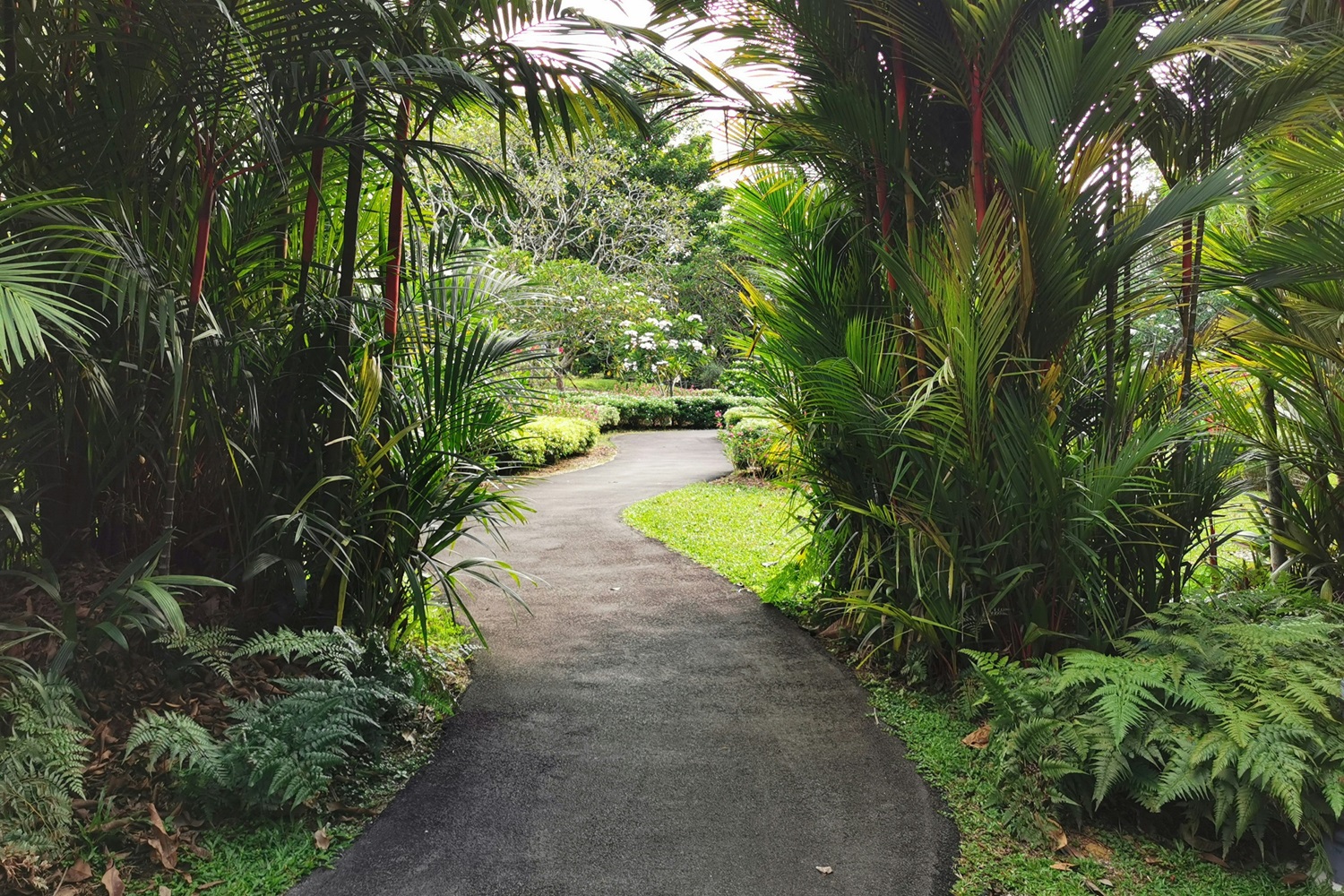
5. Chelsea Old Church & Albert Bridge
64 Cheyne Walk & Chelsea Embankment, SW3
Chelsea Old Church has been situated on the Thames since the Middle Ages, quietly observing the city around it change. It was partially destroyed during World War II, but lovingly rebuilt. The peaceful interior and riverside site make it an excellent place for reflection.
A hundred yards away is the Albert Bridge, possibly London’s prettiest river crossing, especially at night when its hundreds of twinkly bulbs are illuminated. Any walk along the Chelsea Embankment at sunset will demonstrate why this stretch has been a source of inspiration for so many artists.
Why go? It combines spiritual peace and postcard views.
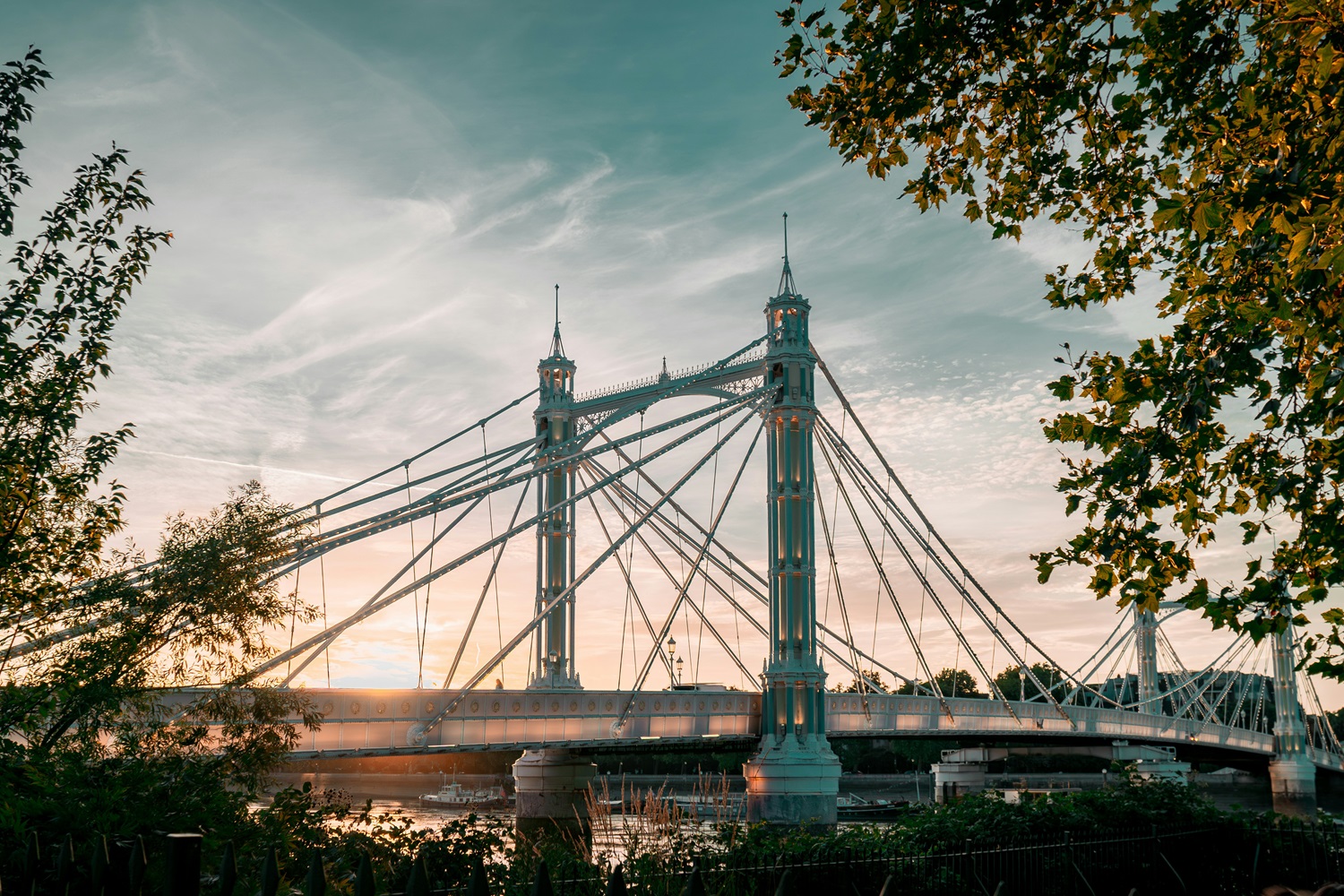
Tips for Planning a Cultural Day in Chelsea
One of the best aspects of Chelsea’s appeal is its walkability. Many of these points are within an easy walk of one another, so you can soak in a lot in one day without having to rush.
Begin your day at the Chelsea Physic Garden, then continue up to the Royal Hospital or Carlyle’s House. Stop for lunch at one of the area’s delightful, cosy cafes; there are many nestled around Duke of York Square or hidden in the quiet backstreets.
Do not miss the opportunity to stroll down the Chelsea Embankment or cross the Albert Bridge into Battersea Park, one of the city’s most picturesque green spaces.
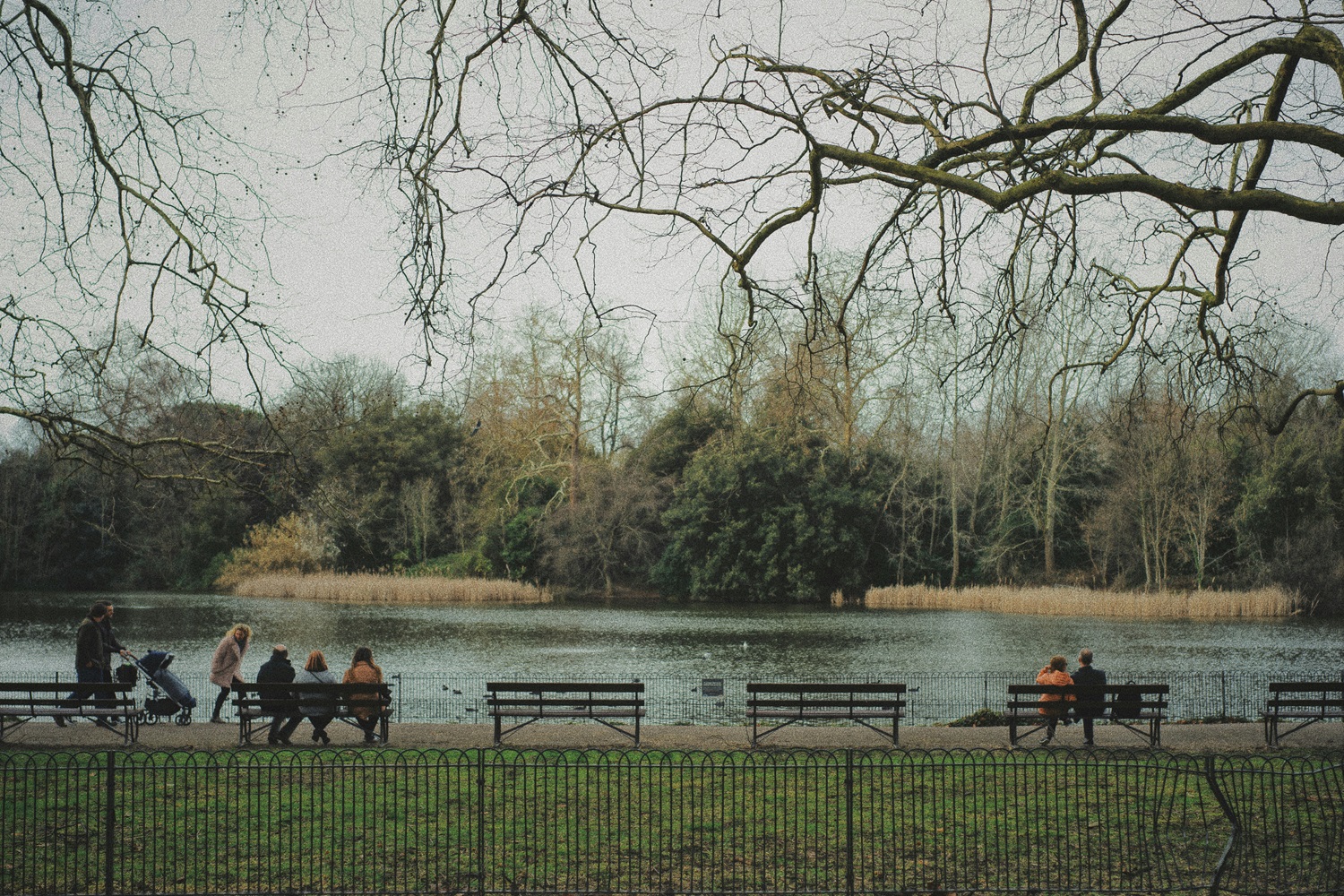
A Walk Through Time and Art
Chelsea’s cultural gems are more than just backdrops for Instagram photos. They let you pass through London’s creative past, through tales of writers and soldiers, artists and healers. Whether you are strolling through a centuries-old garden or stumbling upon high-contemporary art, Chelsea finds that rare place between mastodonian scale and close-up intimacy.
Take your time. Pause for a coffee. Sit by the river. Because in Chelsea, culture isn’t only in the museums and galleries, it’s also right on the street.

